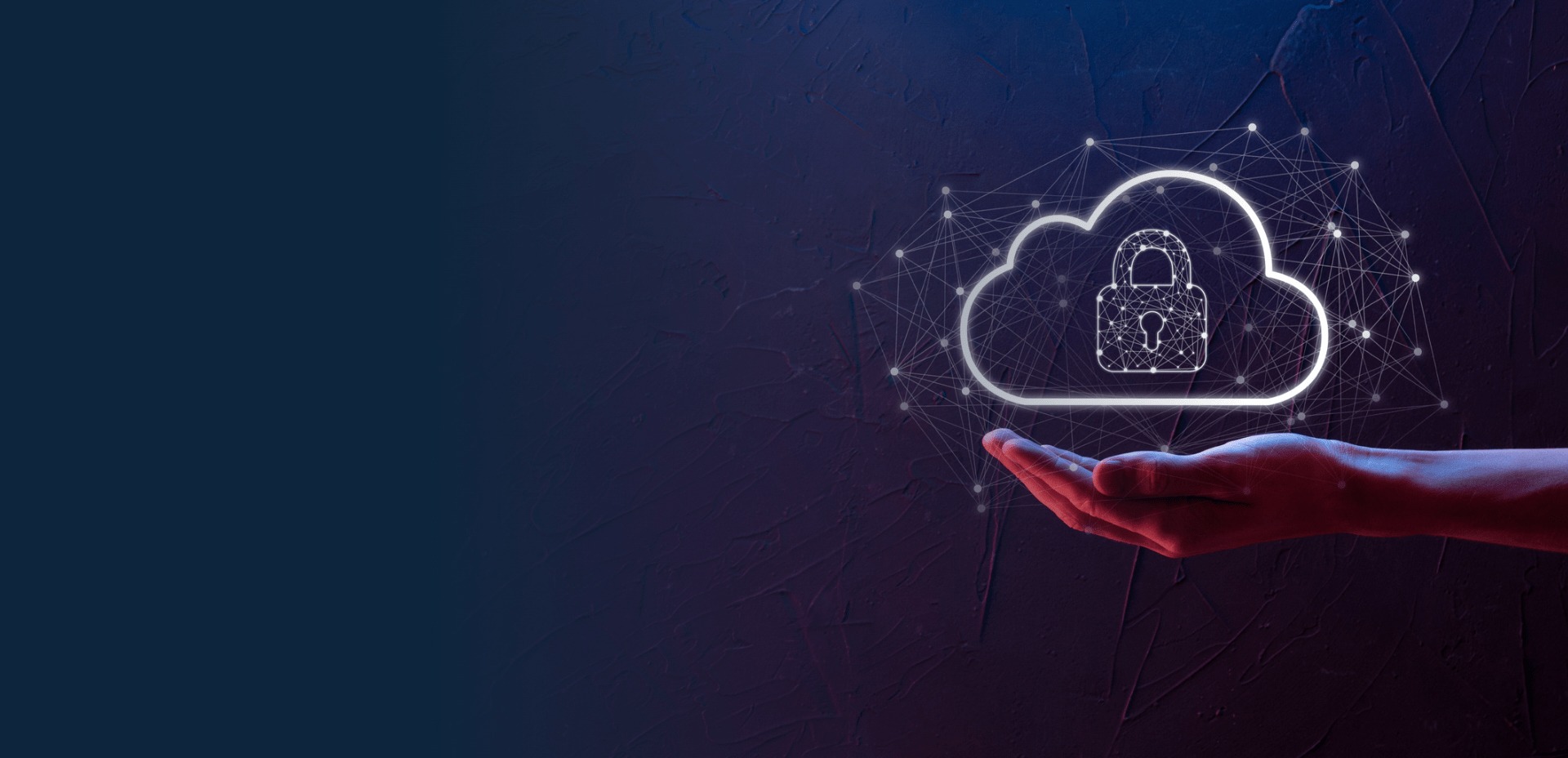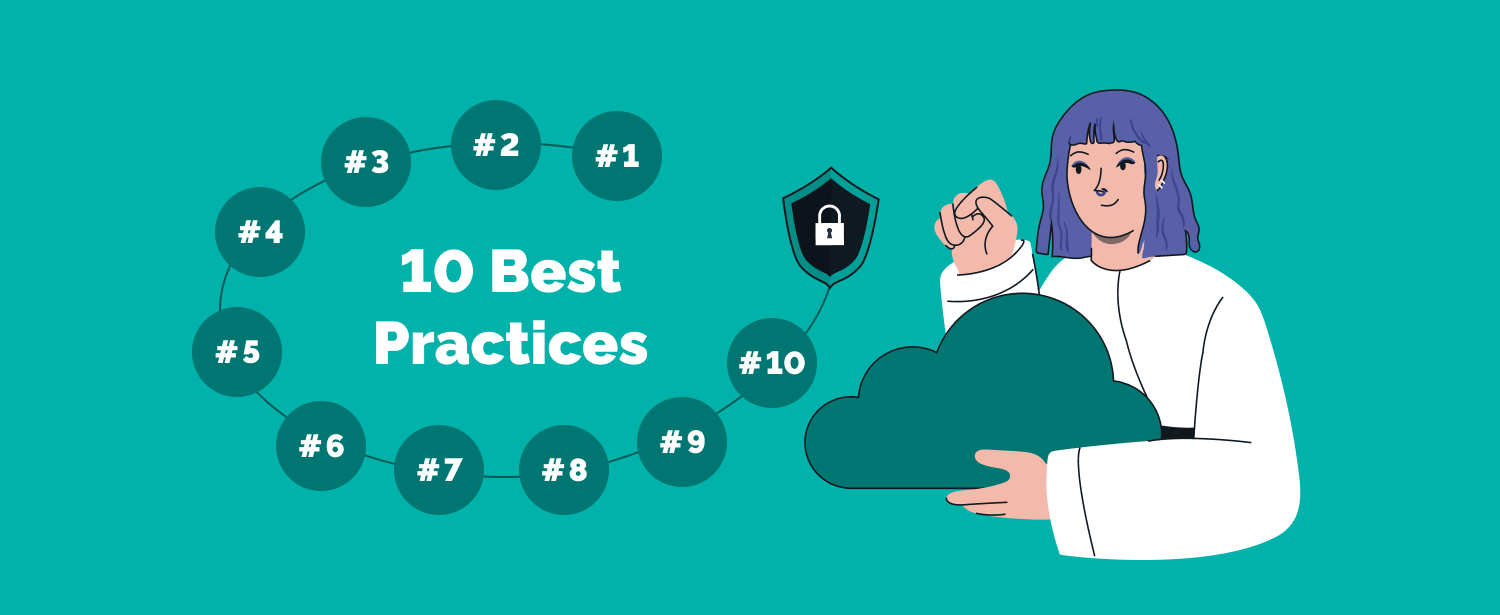5 Essential Tips for Cloud Security in 2023

In an era where businesses are increasingly reliant on cloud services, ensuring the security of your cloud infrastructure has never been more critical. As the digital landscape evolves, so do the strategies and tactics employed by cyber attackers, making it essential to stay a step ahead in cloud security. Here are five essential tips that will guide you in safeguarding your cloud environment against potential threats in 2023.
1. Implement Strong Identity and Access Management (IAM)
Identity and Access Management forms the foundation of cloud security. This strategy controls who can access what within your cloud infrastructure.
- Multi-Factor Authentication (MFA): Always enable MFA to add an additional layer of security, significantly reducing the risk of unauthorized access.
- Principle of Least Privilege (PoLP): Assign users only the permissions they need to perform their tasks, reducing the attack surface.
- Regular Audits: Conduct periodic reviews of access privileges to ensure that they align with current roles and responsibilities.
🔐 Note: When setting up IAM, ensure that you document every change to maintain clarity on who has access to what and why.
2. Encrypt Data at Rest and in Transit
Protecting data both at rest and when it’s moving across the network is crucial. Encryption ensures that even if data is compromised, it remains unreadable without the correct keys.
- Server-Side Encryption: Utilize services like AWS S3 or Azure Blob Storage which offer server-side encryption options.
- Transport Layer Security (TLS): Implement TLS to secure data as it travels between the user and the cloud service provider.
- Key Management: Use dedicated key management services or solutions to manage encryption keys effectively.
🔐 Note: Rotating encryption keys regularly is a best practice to maintain the security of your data.
3. Regularly Update and Patch Your Systems
Keeping your software and systems updated is a fundamental aspect of cloud security:
- Automate Patching: Set up automatic patching for your operating systems, applications, and third-party software to ensure timely updates.
- Vulnerability Management: Employ tools that scan for vulnerabilities and prioritize them based on criticality.
- Service Level Agreements (SLAs): Understand the update frequency and response times from your cloud provider.
4. Monitor and Respond to Security Incidents
Monitoring is not just about tracking metrics; it’s about detecting anomalies that could indicate a security breach.
- Security Information and Event Management (SIEM): Integrate SIEM tools to monitor logs and activities across your cloud services.
- Incident Response Plan: Have a clear, well-tested plan for responding to security incidents, including roles and communication channels.
- Continuous Monitoring: Ensure continuous surveillance of your cloud environment to quickly identify and react to potential threats.
5. Leverage Cloud-Native Security Tools
Cloud service providers offer a suite of security tools tailored to their platforms. Utilizing these can give you an edge in security:
- Native Security Services: Use services like AWS GuardDuty, Azure Sentinel, or GCP Security Command Center for built-in protection.
- Third-Party Integrations: Enhance security by integrating third-party solutions that might provide additional features or analytics.
- Policy as Code: Implement security policies as code to ensure consistency across your cloud infrastructure.
In conclusion, by following these five essential tips, you can significantly bolster the security of your cloud environment. Remember, cloud security is an ongoing process that requires vigilance, regular updates, and a strategic approach to manage access, protect data, detect threats, and utilize cloud-native tools. As we move forward into 2023, integrating these practices will not only secure your assets but also ensure compliance with evolving regulations and standards.
Why is multi-factor authentication important for cloud security?
+Multi-factor authentication adds an extra layer of security by requiring more than one method of authentication. This significantly reduces the risk of unauthorized access to your cloud services.
Can encryption slow down my cloud operations?
+Modern encryption methods are designed to be efficient. While there might be a slight increase in processing time, the security benefits far outweigh this minimal impact.
What should be done in the event of a cloud security breach?
+Have an incident response plan in place. This should include immediate containment measures, forensic analysis, communication with stakeholders, and remediation steps to secure the environment.
Related Terms:
- microsoft cloud data security
- cloud security best practices
- cloud security monitoring
- data security in the cloud
- cloud security monitoring tools
- best data security in cloud



